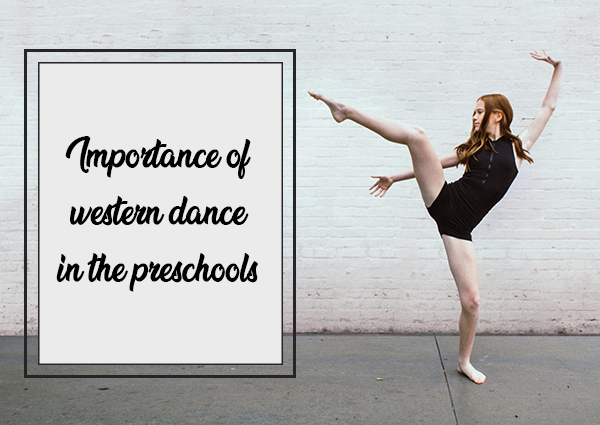
Importance of Western Dance in the Preschool
Importance of Western Dance in the Preschool
While traditional team sports are a great way to get your kids physically active, they may not be right for everyone. Western dance classes are a wonderful alternative to team sports and most studios offer classes for children as young as three. Participating in dance classes can have benefits for children of all ages. Dancing is an extremely good physical activity, and children who have dance lessons regularly should expect to see a significant improvement in their overall physical health.
Here’s the Importance of Western Dance in the Preschools:
1. Encourages Creativity

Western dance encourages children to be more creative and to express themselves in many ways. By encouraging creativity and imagination, children learn to build trust, effective relationships, and how to think critically. Early childhood is the best period for the development of creativity, and creative problem solving will serve your child for life.
2. Improved Physical Health

Dancing is a highly physical activity, and kids who take dance lessons regularly should expect to see a significant improvement in their overall physical health. According to Pro Dance Center, regular dance practice can increase your child’s flexibility, range of motion, physical strength and stamina. The repetitive movements involved in dance can improve muscle tone, correct poor posture, increase balance and coordination and improve overall cardiovascular health. Dancing is an aerobic form of exercise. For children who are overweight, it can potentially help them to lose weight and improve their eating habits. Regarding this Best Play School In Delhi will do a great job.
3. Dance Encourages an Active Lifestyle
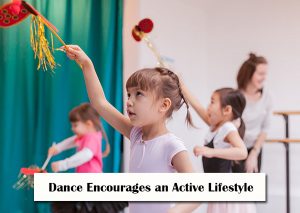
In today’s technology-driven world, it is becoming increasingly important for children to adopt a physically active lifestyle early on. Dance is the perfect way to keep kids physically active in a fun way. By bringing your child to Dance Academy USA, they will improve their flexibility, range of motion, stamina and their strength. The movements in dance also help improve balance, coordination and posture. Dance focuses heavily on proper body alignment and learning how to move the body to create fluid motion. It’s no wonder dance has been used to help train athletes in some of today’s most competitive sports like football and basketball.
4. Social Benefits

In addition to being a physical activity, dancing is also a highly social activity. Dance lessons can help children improve their social skills and enable them to communicate better, learn teamwork, develop a greater sense of trust and cooperation and make new friends.
5. Enhances Cognitive Development
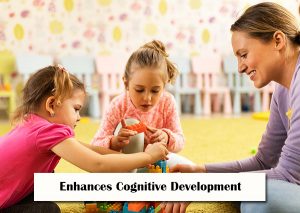
Attending dance classes allows children to learn self-discipline and time management. As they get older, a dancer must learn how to balance school, dance, extracurricular activities, and social life. The dedication, discipline and focus children learn and practice in dance classes are important life skills that will transfer over to the school, work and other aspects of their lives.
6. Emotional Maturity
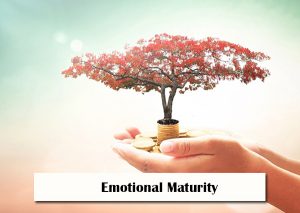
Because dancing is also an art form, children are learning how to creatively express their emotions as well. There are endless opportunities to share and be aware of various emotions as students experience one another and themselves through movement. Dance classes provide a structured outlet for a healthy physical and emotional release that helps develop emotional maturity.
7. It helps Cultivate Communication Skills

Bringing together kids with songs, rhymes and actions let them discover how to interact and connect with others. They develop listening and social skills that will give them self-confidence and better prepare them for school.
8. Dance Helps Improve Behavioral Issues
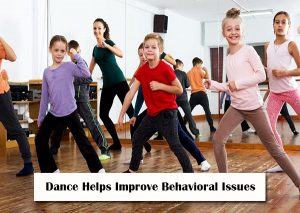
Dancing is a skill that requires intense focus, discipline and coordination. Many parents find that dance lessons help improve behavioural issues, such as hyperactivity. Classes designed for young children are not quite as demanding, but as your child progresses in dance, their lessons will require more focus, dedication and discipline. The art of dancing tends to have a calming effect on children and also helps them release pent-up energy.
9. Educational Benefits

Becoming a skilled dancer requires practice, discipline and focus which are all skills that can be applied to other areas in life. Students who regularly participate in dance lessons typically tend to perform better academically than their non-participating peers.
10. Improved Self-Esteem

As children adjust to the movements and postures required in dance, they begin to get a better sense of their bodies. Children who participate in dance also tend to have better self-esteem. This can be particularly beneficial for children who are physically or mentally impaired or those who are attempting to deal with significant emotional problems.
Looking For Play school in franchise in India .

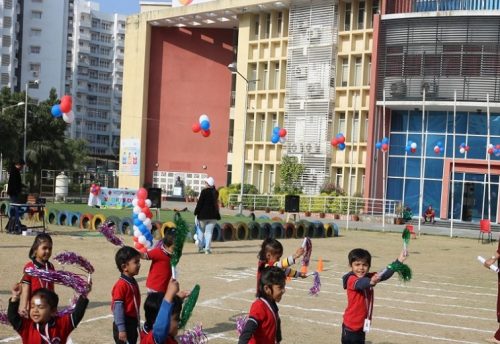

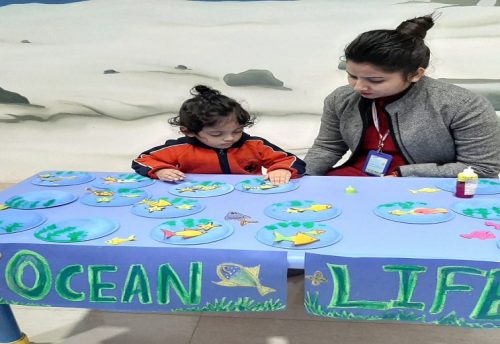

Leave a Reply